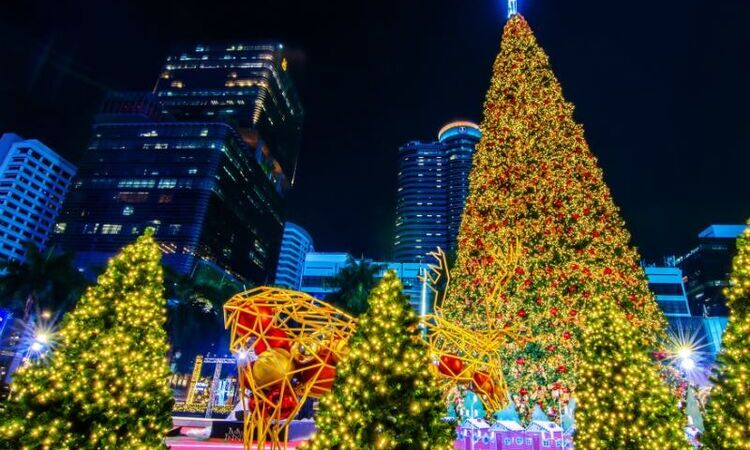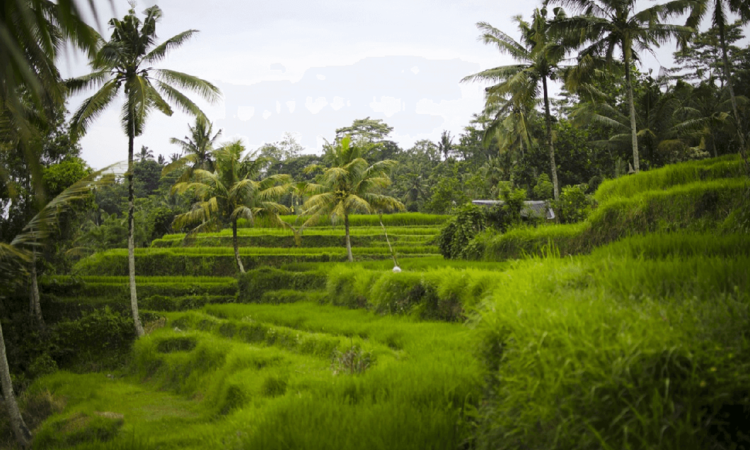Bali Kites: A Spiritual Symbol of Balinese Culture
Discover the history and meaning of Balinese kites, and how you can marvel at these beautiful creations during the Bali kite festival.
When you are visiting Bali - the precious gift of Indonesia, you may have the chance to behold a truly spectacular sight: massive, colorful kites known as Layang Layang flying in the wind. These marvelous kites are not just beautiful works of art and engineering; they are a spiritual tradition that is infused with meaning.
A Centuries-Old Tradition
This ancient tradition is one that Balinese people take part in starting in childhood and spanning into adulthood. A variety of materials are used in the kites’ construction, including bamboo, paper and silk cloth. Kite teams often consist of up to 80 participants. It takes everyone working together to transport these massive kites and get them into the air.

What do Kites Mean in Balinese Culture?
In the western world, people usually fly kites purely as a form of entertainment. It is a form of play typically associated with children, though there is also some competitive kite-flying among adults.
But in Bali, kites have a far deeper meaning. They are a religious custom that is part of the Hindu faith. Flying a kite is both a figurative and a literal way of connecting heaven and earth, of thanking the gods and spirits for their help and guidance. While sending those messages of appreciation, kite-fliers in Bali also can ask for blessings for the upcoming harvest.
You will notice that the majority of Balinese kites flown during this time of year are red, white, yellow and black. These colors are symbolic of the incarnations of the gods, serving as a way to call upon each of them.
Types of Bali Kite
There are several types of kites to marvel at while in Bali. The most common ones are the Bebean, the Janggan and the Pecan.
Bebean
The name bebean comes from the Balinese word for “fish,” which is be. This name references the fish-like shape of the Bali kite. The overall structure of the kite includes a head and body. Attached to these are legs as well as cloth pieces called kepes which are similar to flags.

Especially large bebean kites also have a cool feature called guwangan. This is a rattan band that is designed to hum when the breeze goes through it, producing a distinctive noise. In this way, bebean kites delight multiple senses.
Janggan
The mighty streamers of janggan kites floating aloft may put you in mind of dragons, which is exactly what they are designed to represent. In fact, that is the direct translation of the name. The head of the kite is shaped to resemble that of the mystical beast, behind which there is a tail that may be up to a few hundred meters long.

(Photo: Suan Crash - Flickr)
One record-setting janggan kite in 2016 weighed 1,558 pounds, and had a tail measuring a quarter of a kilometer. It may seem impossible that such a heavy kite could get off the ground, but it did (with the help of hundreds of participants). It was called Layangan Naga Raja, which translates to “dragon king kite.”
The kite was flown for three years before its owners chose to give it a break. It hasn’t been back in the air since.
Pecukan
This kite may look basic compared to the others; it resembles a leaf. But it is actually the hardest to make and fly due to its design, making it the most advanced of the lot. It needs to have a perfect balance in order to stay aloft. If it is constructed in such a way as to imbalance either side, even a little bit, it may never fly effectively.

(Photo: Bali Indonesia Holiday Travel)
If a gust of wind strikes this type of kite, it will be very reactive, which can make it hard to control, even if it is well-made. So, this is not a good kite for a beginning kite-flyer. It is much easier to start out with the fish and the dragon.
Where Are These Types of Bali Kites Flown?
One of the main locations for the Bali kite festival is Sanur, which is a beach area near Denpasar. So, if you are staying in the city, you should find opportunities to watch the kites. Some prime locations include Padanggalak and Pantai Mertasari.

(Photo: andri_denta - Flickr)
Another location you can head to is Gianyar Regency. The kite festival there takes place in July, and is organized by the Belega Layang-Layang Club (BALAC).
You may also find people flying Bali kites in art communities and over rice fields. The openness of the fields is ideal for kite-flying, and also an appropriate setting for farmers to call upon the gods to request a bountiful harvest.
What is Kiting Season in Bali?
Layang Layang kites are flown in Bali every year between June and September. The wind during this time of year is favorable, and generally blows toward the west.

(Photo: Bali Trip Holiday)
Something else you will appreciate about the Bali kite festival is that it is free to attend. You just need to head to where people are flying the kites. Watch in amazement as teams work together to launch these marvelous creations with which to offer their thanks and prayers.
Experience the Splendor of Bali Kites
The Bali kite festival is among the most astonishing experiences you can have while you are visiting this Indonesian province. Few things will more readily take your breath away than the sight of “fish,” “dragons,” and the leaf-like shapes of pecukan floating high above your head like direct lines to the heavens. To make sure you catch the magic of the Bali kite festival, design your tour with Exotic Voyages.




